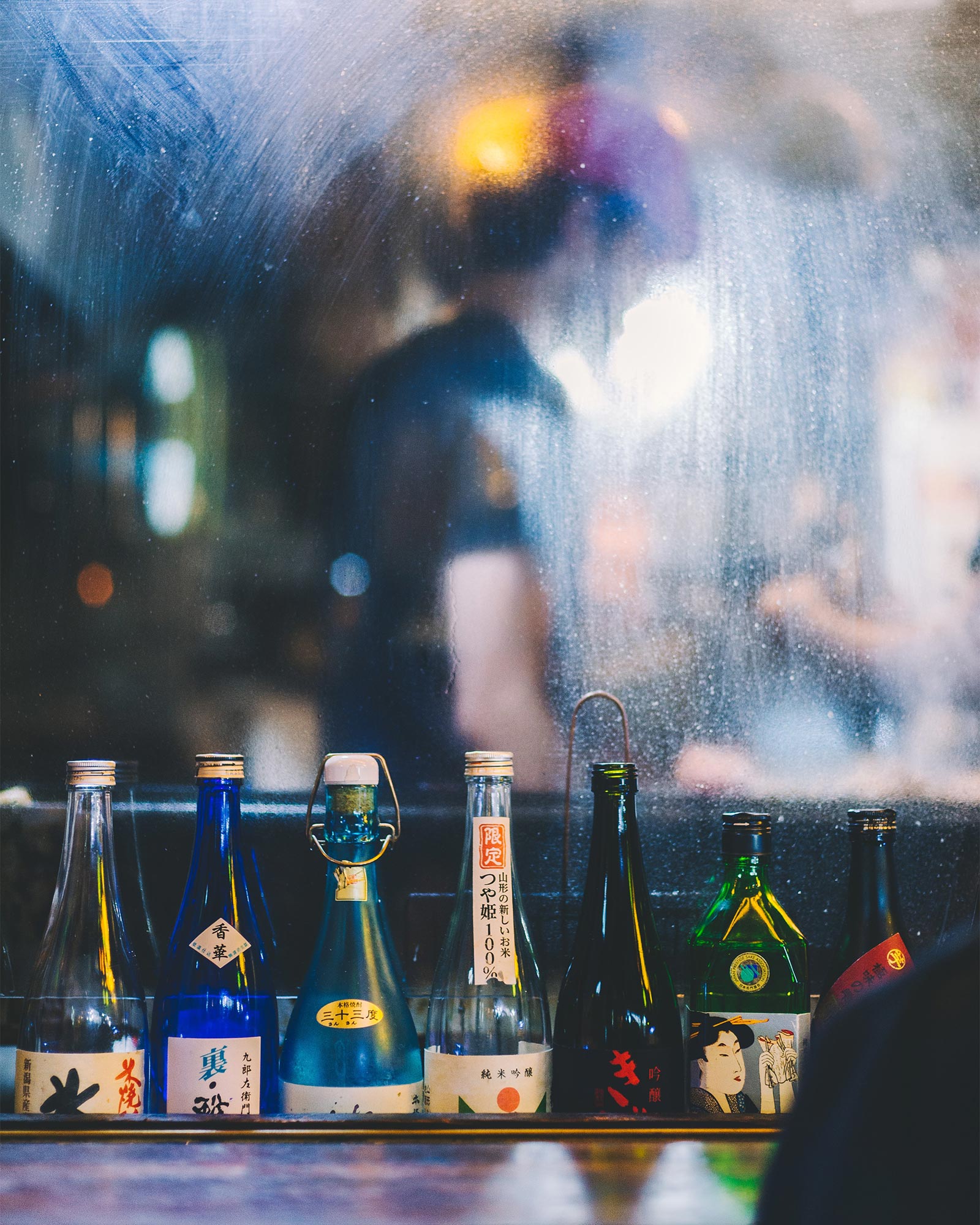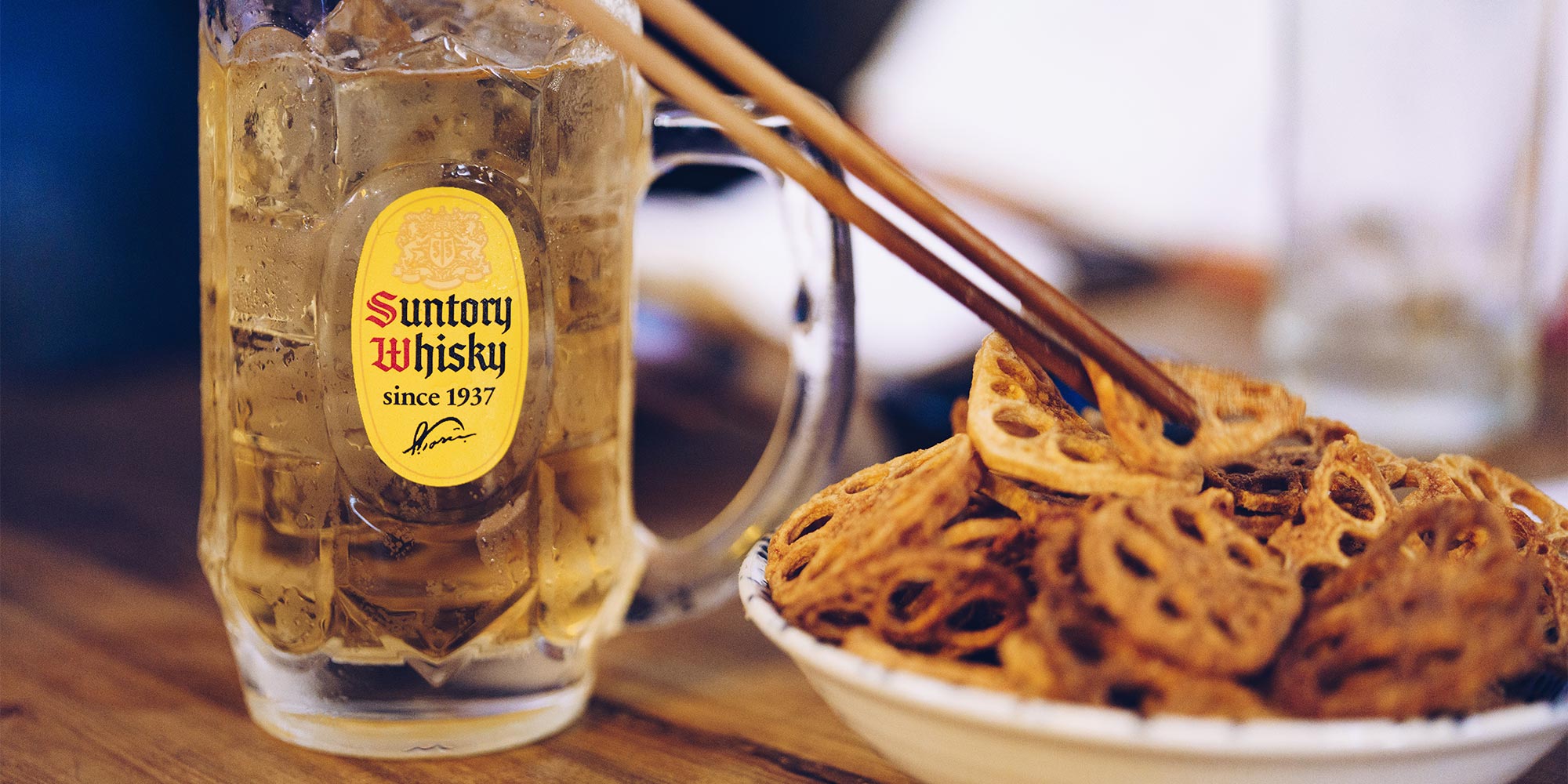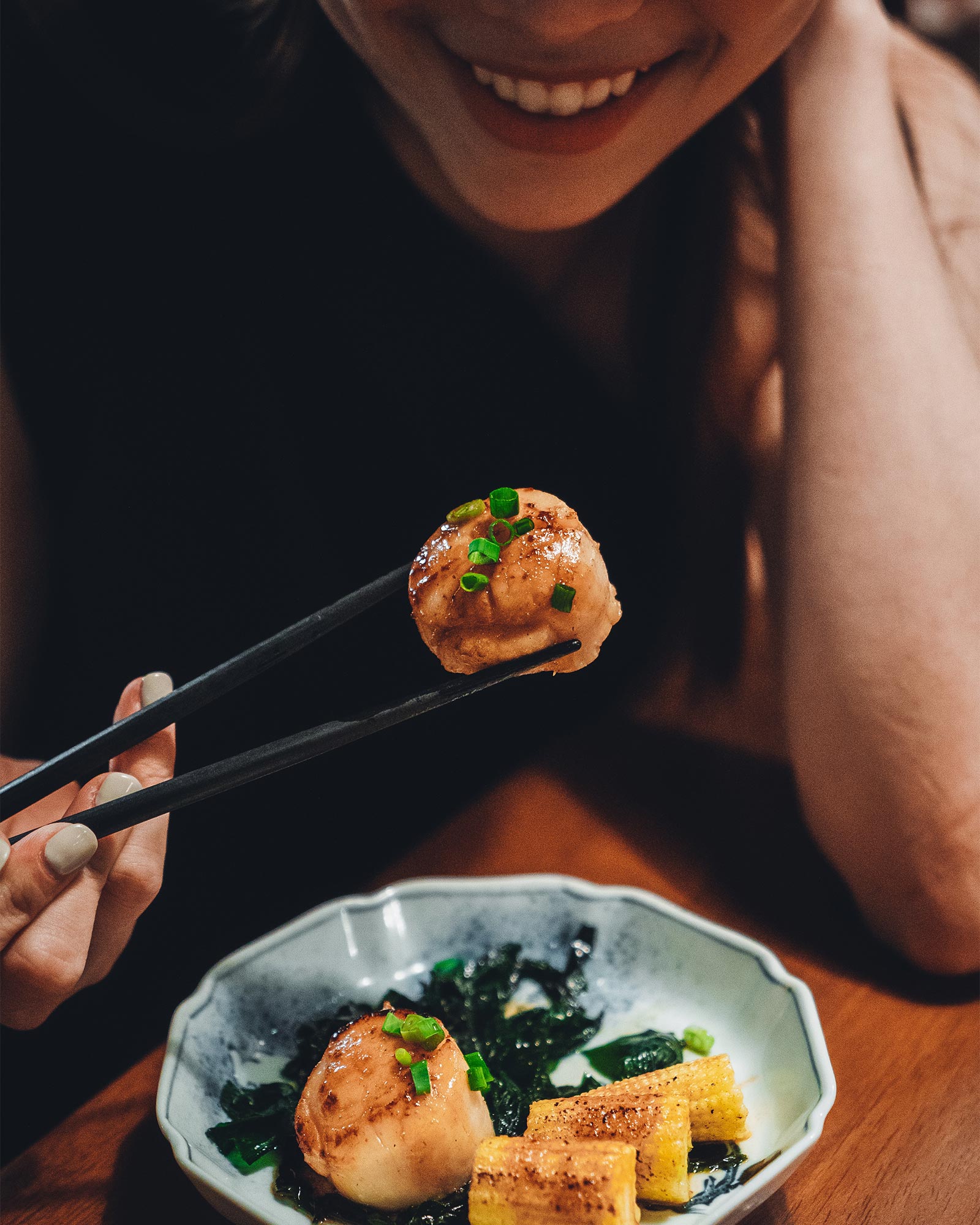Irasshai! Your Guide to Izakaya: Japanese Pubs
"Irasshaimase!", meaning “Welcome!”, is what they’re exuberantly shouting at you the moment you walk in the door of a Japanese restaurant or pub. In Japanese pubs, starting off your dining experience with warmth, welcome, and shouting is commonplace and a sure way to kick off a great evening.
Izakaya, or Japanese pubs, are a staple of the dining culture and nightlife across the country and are an ideal way to sample all sorts of authentic Japanese food, both classic and unique.

Pub Culture Tips and Tricks
Otoshi
Cover charges or seat charges are an old custom in Japan, and while most restaurants have done away with them, some have not. When you get to your seat, or just after you sit down, you may be served a very small plate to start. This is called an otoshi and has replaced the seat charge - it won’t be more than a couple of dollars.
Family Style
In general, portion sizes are significantly smaller in Japan than they are in the United States, but izakaya in particular serve most of their dishes in small sizes. This is because food is meant to be shared around the table! Because of this, it’s normal to order more than one of the same dish if you’re dining with a large party.
One Drink
If the server taking your drink order won’t accept your request for “just water,” don’t be surprised. Japanese restaurants are rather matter-of-fact about how they make their money (same as any restaurant: alcohol sales!). A lot of restaurants (not just izakaya) require each customer to order one drink, which does not have to be an alcoholic beverage.
If you do want to imbibe, you can order a standard draught beer by asking for “nama bee-ru” (生ビール:). Another popular drink in Japan is the chuhai, also sometimes called a sour. These drinks mix clear alcohol such as shochu or vodka with fruit juice. Fancier chuhai, like the ones at Chu Hai Stand , will have fresh squeezed juice or fresh fruit inside.
Cash is King
Until very recently, Japan was a cash-based society, and many places still only accept cash. Because of this, and because izakaya dishes are shared family-style, most restaurants will not be able to split up a bill or divide it into separate card charges. Come armed with yen (and possibly a Splitwise group!).

What to Order?
Otsumami
Otsumami are little appetizers that require minimal cooking and arrive at your table quickly, in time to accompany your drinks. You’ll always see edamame on the list, and often sliced tomatoes. Don’t be surprised if you see potato salad or something else with mayo on it as Japan has a not-so-secret love affair with mayonnaise! Tofu dishes are another classic, with hiyayakko being the most common: chilled, pillowy, soft tofu topped with ponzu sauce, scallions, and a tiny dollop of ginger. We love Suju Masayuki for a super chic place to try any of these and more.
Classics
Plates in izakaya are small and inexpensive, so don’t be afraid to try new items! You’ll find classic dishes on the menus like tempura and sashimi, but also classics that may sound less familiar, such as agedashi tofu: tofu that’s breaded, then flash-fried for a light and crispy outside with a pillowy soft inside, floating in a light dashi broth and generously topped with green onion, ginger, and daikon; one of our favorites is at Futagawa .
Buta kakuni is a Chinese-inspired dish with slow-cooked blocks of pork that arrive floating in a thick, gingery sweet broth. Dab a tiny bit of the sinus-clearing yellow mustard onto the pork, which melts in your mouth. This is only one of many types of stewed dishes: for example, the Asakusa neighborhood is well-known for its beef tendon stew, a Korean-style working class dish that each izakaya will make a little differently, including the popular Shōchan .
Since the dishes in izakaya are intended to pair well with alcohol, you’ll find many more rich or fried foods in addition to the ones mentioned above! Karaage is the Japanese take on fried chicken, and shouldn’t be missed: the chicken is cut into bite-sized pieces and often coated in well-seasoned potato starch for a crunchy and soft outer shell.
Yakitori, or grilled chicken skewers, is another classic that you’re sure to find. Japan is a country that eats every part of the animal, so while you’ll easily find thigh meat and wings, you might also try the hearts or the cartilage for a very different textural experience. Yakitori can come as tare or shio—grilled with sauce or with salt—and accompanied by salt, lemon, or even yuzu kosho, a spicy condiment that mixes crushed yuzu citrus and hot pepper. Try KushiWakaMaru for some high-quality options.
It’s not a meal in Japan unless you’ve had some carbs to finish it off: this part of the meal is sometimes referred to as the shimé, and each restaurant will have different choices, from fried rice or regular rice, to onigiri (triangular rice balls), yakisoba, or ochazuké: a bowl of rice topped with a dash of pickled plum or salmon, accompanied by a cup of hot tea that you’re meant to pour into the rice bowl. Try it, along with many other izakaya dishes, at Ochazuke Bar Zuzu .

Things you won’t find in an izakaya
There are some specialty dishes that most izakaya just won’t touch, including sushi and ramen. Those are best left to the experts in Japan, whose tiny shops have spent decades (sometimes centuries) perfecting their art!
What you are guaranteed to find in an izakaya, however, is some of the best ambiance in Tokyo. Settle in to an experience of new and delicious tastes, surrounded by noise, warmth, and clinking mugs of beer followed with a loud, “Kampai!”
{$section.placeName}
{$section.address}
{$section.addressNotes}
{$section.description}